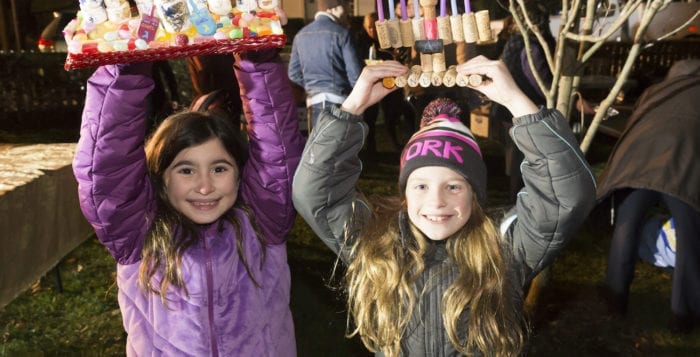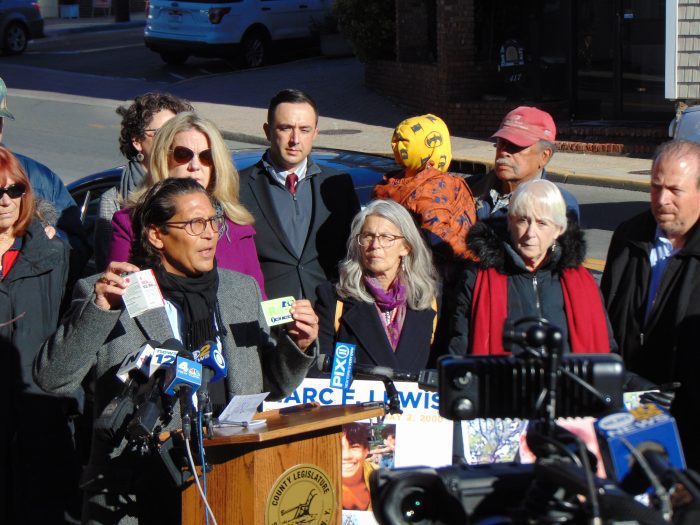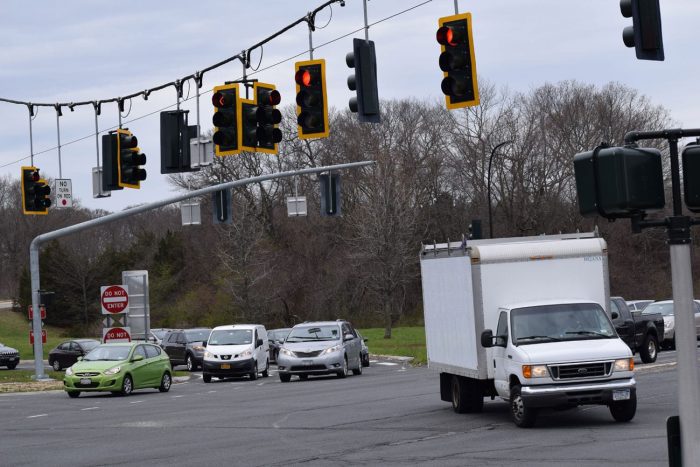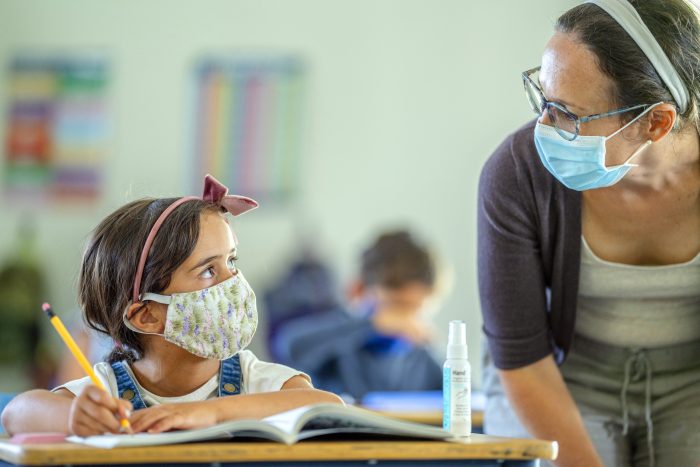Happy Hanukkah! Celebrate the Festival of Lights at the following events:

Commack
Multiple synagogues in the area and the Suffolk Y JCC will sponsor a community menorah lighting event at the Commack Corner Shopping Center parking lot, southeast corner of Jericho Turnpike and Commack Road, in Commack on Monday, Dec. 19 at 7 p.m. There will be entertainment, live music, dreidels, chocolate gelt, latkes and giveaways. 631-462-9800
Dix Hills
The Chai Center, 501 Vanderbilt Parkway, Dix Hills will hold its annual outdoor grand menorah lighting ceremony on Sunday, Dec. 18 at 7 p.m. Enjoy latkes, donuts, dreidels, chocolate gelt, music and more. RSVP by calling 631-351-8672.
Farmingville
Join the Town of Brookhaven for a menorah lighting at Town Hall, One Independence Hill, Farmingville on Tuesday, Dec. 20 at 6 p.m. followed by entertainment, hot latkes and donuts. 631-451-6100
Greenlawn
The Greenlawn Civic Association will host a Menorah lighting ceremony and Hanukkah celebration at Harborfields Public Library, 31 Broadway, Greenlawn on Dec. 20 at 6 p.m. www.greenlawncivic.org
Huntington
Grand Menorah Lighting by Chabad of Huntington Village will host a Grand Menorah Lighting at the Huntington Village Winter Wonderland at Main Street and Wall Street on Monday, Dec. 19 at 5 p.m. with juggling and fire entertainment.
Kings Park
The Kings Park Chamber of Commerce will host a menorah lighting at Veterans Plaza, 1 Church St., Kings Park on Sunday, Dec. 18 at 11 a.m. Enjoy holiday music selections followed by Rabbi Abe as he retells the story of the meaning of Hanukkah. Gelt and dreidels for the kids. www.kingsparkli.com
Lake Ronkonkoma
Take part in a menorah lighting at Raynor Park, 174 Ronkonkoma Ave., Lake Ronkonkoma at Sunday, Dec. 18 at 7 p.m. Hosted by the Ronkonkoma Chamber of Commerce. 631-963-2796
Port Jefferson Station
The Port Jefferson Station/Terryville Chamber of Commerce will host its annual menorah lighting at the Chamber Train Car, corner of Route 112 and Nesconset Highway, on Sunday, Dec. 18 at 4 p.m. Rabbi Aaron Benson of North Shore Jewish Center will perform the blessings/prayer for the first night of Hanukkah. 631-821-1313.
St. James
The community is invited to the St. James menorah lighting ceremony at The Triangle, Route 25A and Lake Ave., St. James on Dec. 18 at 5:30 p.m. 631-584-8510
Setauket
Village Chabad, 360 Nicolls Road, East Setauket will host a Grand Menorah Lighting and Chocolate Gelt Drop on Sunday, Dec. 18 at 4 p.m. with latkes, donuts, music, a fire juggling show and more. $5 per person in advance at MyVillageChabad.com/NightOne, $10 at the door. 631-585-0521
Smithtown
The Town of Smithtown will hold its annual Menorah Lighting Ceremony at Town Hall, 99 West Main St., Smithtown on Tuesday, Dec. 20 at 5:30 p.m. with music, latkes, donuts and a special gelt drop. 631-360-7512


































